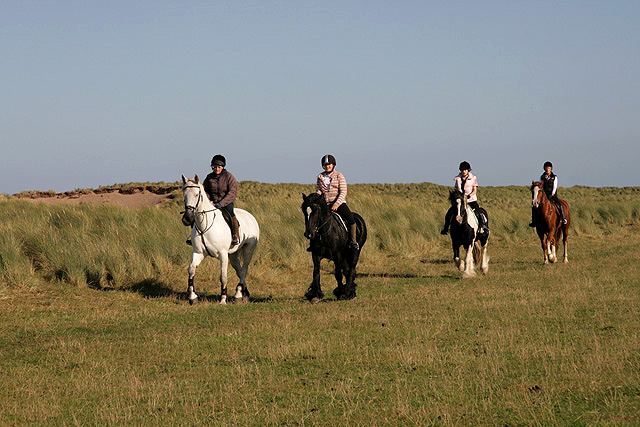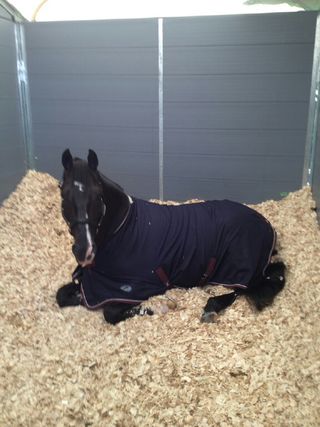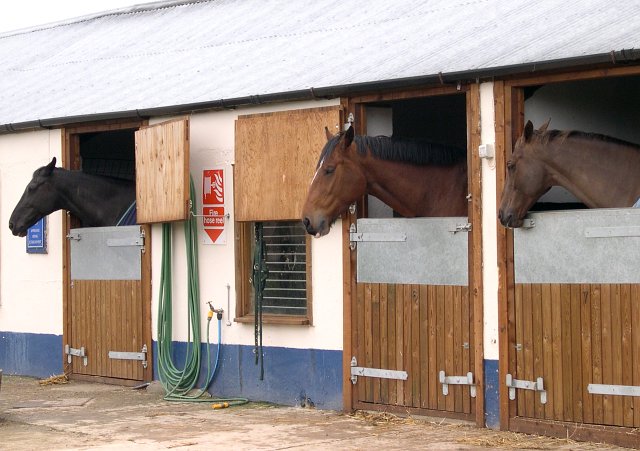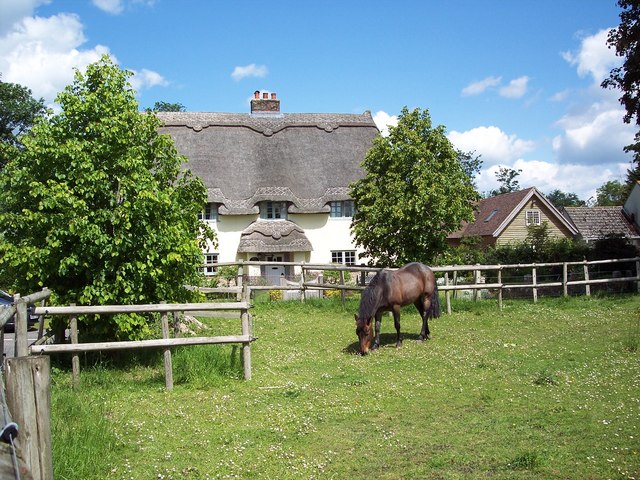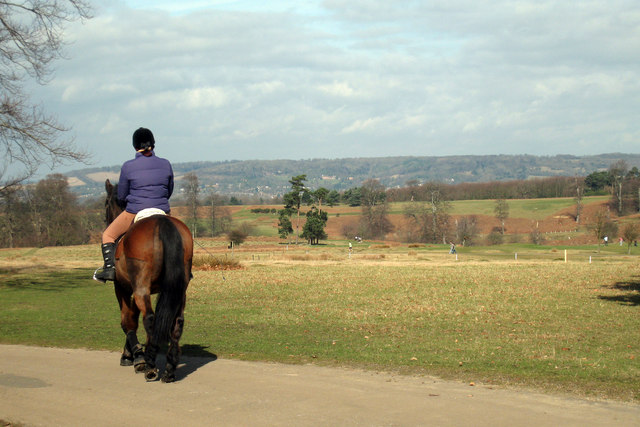Horses are expensive, the actual purchase price is a drop in the ocean compared to the day to day running costs here we've complied a list to give you an indication of the costs involved.
Please note that prices will vary enormously depending on geographical location and those quoted are just to give you a general ideal before embarking on horse ownership you should check prices locally.
Livery Costs
Grass livery - £70 -£100 per month
DIY - £110 - £250 per month
Part - £240 - £550 per month
Working livery - £280 -£340 per month
Full livery £300 - £800 per month
Feed
Hay £4 - £7 per small bale
Haylage £7 - £9 per small bale
Horse & pony nuts - £7 - £14 per bag
Chaff - £5 - £14 per bag
Bedding
Wood Shavings - £7 - £9 per bale
Straw - £2.50 - £3.50 per bale
Wood Pellets - £3.00 - £5.00 per bag
Farrier every 6 - 8 weeks
Shoeing - £80
Trim - £30
Worm Control every 6 - 12 weeks depending on type of wormer used
Wormer - £7.00 -£20.00
Faecal Egg Count - £8.00
Worm control blood test (usually biannual) £60.00
Dentistry every 6 -12 months
Float and check up £40 - £50 should any extra work be required the charge is more
Annual Vaccinations
Flu & tetatnus £50.00 + VAT and vet call out fee
Insurance
Costs vary depending on value of the horse, type of work it's going to do, amount of vet fees covered etc from£350 upwards
Grooming kit
From £17 upwards
Equine first aid kit
Approx £50
Yard and field equipment
Wheelbarrow £35.00 - £300 +
Feed Bucket £4.50 - £25.00+
Water Bucket £4.50 - £25.00+
Broom from £6.00
Fork £20.00
Shovel £15.00
Manure scoop & fork from £15.00
Feed storage bins £60
Hay nets from £5.00
Tack & Rugs
Turnout rug £50 - £150
Stable rug £30 - £80
Saddle £500 - £2,000
Bridle £50 - £150
Head Collar £5 - £70
Lead rope £ 5 - £15
Transport
Horse trailer £2,000 and up
Horse box £5,00 and up
Hire of self drive horse box £100 a day
+ necessary insurance and cost of any additional driving tests that may be required.
Identification
Passport £60
Microchipping £25.00 + VAT and possible vet call out fee
Freeze marking £50.00
Pre-purchase vetting
2 stage vetting £150.00 + VAT and vet call out fee
5 stage vetting £300.00 + VAT and vet call out fee
Euthansia & Carcass disposal
Shooting £100 + VAT & vet call out fee
Lethal injection £200 + VAT and vet call out fee
Cremation individual £700
Cremation shared £300 - £500
Hunt kennels £100 - £250
Lessons
Group lessons £22 an hour
Private lessons £25 - £45 an hour
Competion entry £25 per class
But that's not all let's take a look at some of the hidden costs of horse ownership
Cost of travel to and from the yard
You'll need to work out how much it's going to cost you to travel to your horse to and from your home and work twice a day. The cost of fuel will add a considerable amount to your monthly running costs and don't forget there will have to be trips to the feed merchant to, the cost of those needs to be factored into your running costs as well.
Additional Livery Charges
If you aren't on full livery and are unable to do them yourself there will be extra charges for various services performed at your livery yard eg. if you can't be there for the farrier the livery will be there for you at an additinal cost of approx £5.00. Other additional charges are made for:
- Turning out
- Bringing in
- Rugging up
- Skepping out
- Standing for the vet etc
Make sure you know what you are going to be charged for and how much you will be charged before entering an agreement, in some cases the extra charges could almost double your livery bill.
Vets Bills
Make no mistake horses are accident
prone, they often hurt themselves and each other, and vets are
expensive. Learn about equine first aid and you'll be able to deal with
lots of the smaller injuries yourself but sometimes a vet needs to be
called in.
Even if you take out insurance to cover veterinary costs, which is advisable, there will still be an excess to pay similar to car insurance and you'll find that you will be paying out of your own pocket for the smaller medical emergences. In additional to the consultation charge and cost of
medication there will also be a call out charge and VAT this will
probably add up to over £100 per visit and you can never know when or
how often you will have to call a vet in. You need to make sure you have funds put aside to cover this.
Seasonal Variations
The cost of hay and straw will often vary depending on supply and demand. If there is a poor crop of hay it will be expensive, the price also tends to increase during the winter months when you need to feed more.
Extra feed and bedding will be required the colder it gets, so in a hard winter your horse will cost you more to keep.
During the winter months your horse might need clipping to prevent him getting too hot and sweaty during exercise, this will involve either the purchase of clippers or paying someone to clip for you.
Weather conditions will also result in the need for additional medical supplies eg. fly spray in the summer.
Maintenance
Rugs will require washing, repair and re-proofing annually.
Tack cleaning - saddle soaps, leather softeners.
Saddles refitting.
Sometimes tack needs to be repaired by a saddler or items replaced.
Tyres will go down on wheelbarrows, equipment will break and need to be repaced.
If you have a horse box or trailer it will require regular servicing and MOT
Extras
Take a look around any tack shop or feed merchants and you'll see lots of equine extras for sale, all at considerable expense. Although many of them aren't absolutely neccessary you will want at least some eg.
Supplements
Hoof care products
Shampoos, coat and skin care products
Mane & tail care products
Fly sprays
Additional brushes and combs
Bandages and boots
First Aid products
Riding Apparel
Another hidden cost of horse ownership is the cost of your own horsey clothing. If you're used to riding once or twice a week it might come as a surprise just how quickly jodhpurs and boots wear out when you wear them 7 days a week. You'll need to factor in the replacement costs of your own clothes and footwear, also bear in mind that somedays you'll get absolutely soaked so you'll probably need more than one warm coat etc.
If you've been honest with yourself and realised that horse ownership is just too expensive for you at this time in your life don't despair there are
alternatives to horse ownership some of which are much more affordable, take a look at
Alternatives to horse ownership


